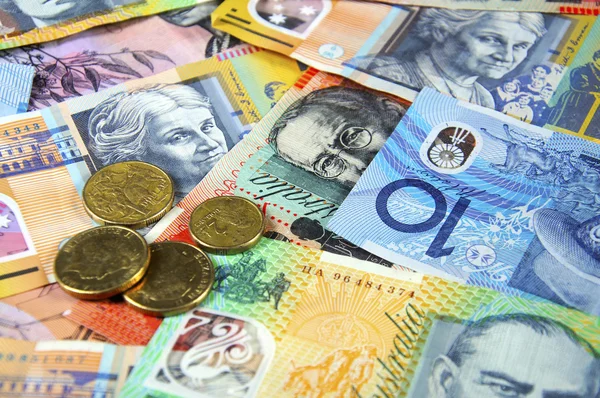AUDUSD extends its recovery from the intraday low with China statistics and PBOC announcement.
Even as markets continue volatile, the AUDUSD finds new bids to extend its rebound from the intraday low at 0.6700. China. Australia’s largest consumer, publishes mixed statistics on Wednesday morning.
China’s industrial production and retail sales increased in February, although the PBOC kept the one-year MLF unchanged.
China’s Industrial Production increased by 2.4% during the January-February period. Compared to 2.6% predicted and 1.3% previously. While Retail Sales increased by 3.5% during the same time, compared to -1.8% previously. Earlier in the day, the People’s Bank of China (PBOC) kept its one-year benchmark rate. The Medium-term Lending Facility (MLF) rate, at 2.75%.
Market mood is shaky due to conflicting signals on the Fed and Silicon Valley Bank (SVB) fallout possibilities.
Market’s conflicting sentiments about the dangers posed by the SVB and Signature Bank’s recent failures appear to be a problem for AUDUSD purchasers. However, Sherrod Brown, Chairman of the US Senate Banking Committee. And the Federal Reserve Late Tuesday, Governor Michelle Bowman dismissed reports that the American financial system was in disarray. According to a source familiar with the latest thinking among US regulators. A slew of harsher capital and liquidity rules are under consideration. As are efforts to tighten up yearly “stress tests” that analyses banks’ capacity to weather a hypothetical recession.
On a different note, rising expectations for the US Federal Reserve’s (Fed) 0.25% rate rise in March should have pushed the AUDUSD bulls, but it didn’t.
US Retail Sales, Australia employment statistics scrutinized for clear directions.
On Tuesday, the US Consumer Price Index (CPI) and CPI ex Food and Energy both met market predictions of 6.0% and 5.5%, respectively, compared to earlier readings of 6.4% and 5.6%. “The Federal Reserve System “Is expected to raise its benchmark rate by a quarter percentage point next week and again in May, after a government report showed U.S. inflation stayed high in February, and fears of a long-lasting financial crisis subsided,” Reuters said following the publication of US inflation data. At home, weaker-than-expected Westpac Consumer Confidence for March and softer-than-expected National Australia Bank mood data for February, issued the day before, kept AUDUSD bears optimistic.
Against this backdrop, despite Wall Street’s positive close, S&P 500 Futures are still trading sideways. Meanwhile, US 10-year Treasury bond rates are grinding near 3.68% by press time, after registering the greatest daily advance in five weeks the previous day, while two-year bond coupons extend the previous day’s rebound from 3.65% to 3.65%. The latest six-month low was 4.31%.
Going forward, US Retail Sales for February, which are predicted to be -0.3% MoM vs 3.0% in January, will be crucial for intraday direction. But, the focus will be on the Australia jobs data for February and the Reserve Bank of Australia (RBA) Bulletin for the fourth quarter on Thursday (Q4).









